
Mention Port Hedland to anyone and their immediate thought would be iron ore and/or salt. Surrounded by numerous mineral mines and salt pans, Port Hedland is WA’s main port for exporting both. It is also probably not the most likely place for tourists to visit. However, I was interested in seeing the ‘other side’ of WA before heading inland to Karijini.
It is now Thursday in the middle of two nights in a motel. Not that we are tired of it, we are having a break from camping, giving us a breather and time to do some laundry in a machine rather than by hand.
Broome
Our time in Broome went far too quickly. The first day we arrived was taken up with my adventure to the Horizontal Falls and K’s camel ride along Cable Beach. On the second day we stayed at the Campground, the Broome Bird Observatory. This was a very small but well organised site about 20 km out of Broome. The campers were mainly ‘birders’ (I think they prefer this title to ‘twitchers’) as bird research is one of its functions. K’s interest in birds took her on a Shore Birds Tour led by the rangers. This gave me a bit of time to relax, read my book and head to the beach lookout for sunset.
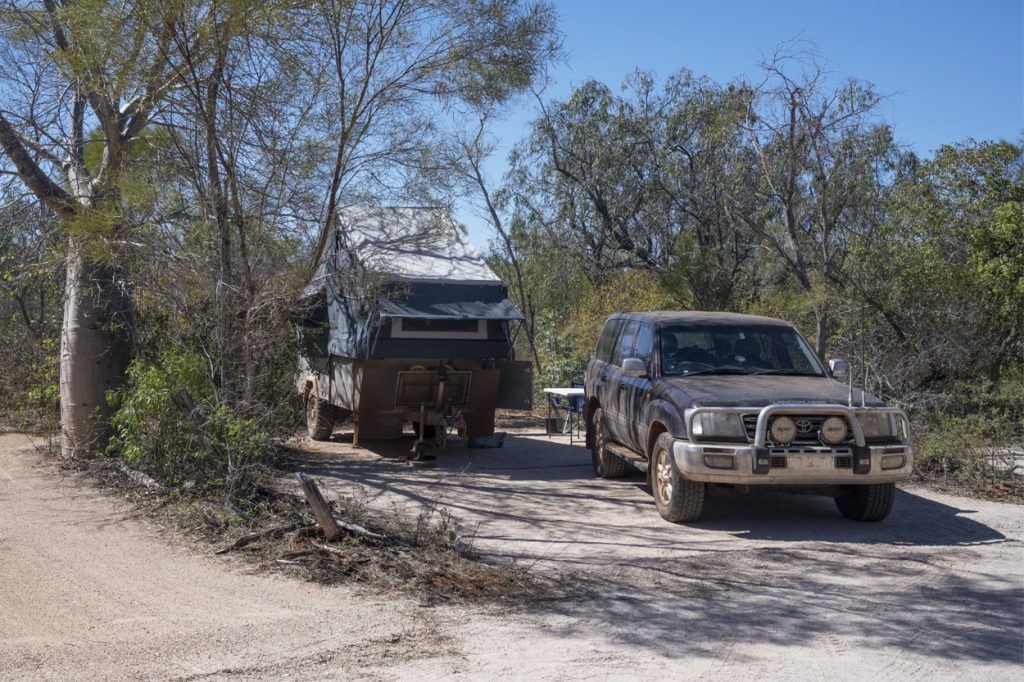
Monday was the big day for the wagon – time for its overdue service. We dropped the car off at 07:30 and walked in to town, where we had a look at some shops, dropped in for a coffee and made our way to the library. At the library we checked on availability for a couple of tours we had thought about further down the coast (our laptops were in the car). It was then time for lunch at Matso’s, luckily we arrive there at 11:30 – within half an hour they were at capacity.
After lunch and a short taxi ride, we picked up the car, went to a point overlooking Cable Beach (where we saw an Osprey feeding its young), and back to the library to make the tour bookings. On the way back to the campground, we found the only carwash in Broome, but the queues were ridiculously long, so we skipped that.
And that was Monday!
Eighty Mile Beach
We left Broome on Tuesday morning, heading for the caravan park at eighty mile beach. It was a decent 300 km drive with the park just off the main road, right next to the beach. In fact, the site we were allocated was about 100 m to the amazing beach. Unfortunately, swimming was prohibited due to crocs and stingers. However, it was great to have a walk along in the shallows in the afternoon.
On our return, we paused to watch the antics of the hermit crabs and for me to photograph some of the patterns made by the crabs and the receding waves.
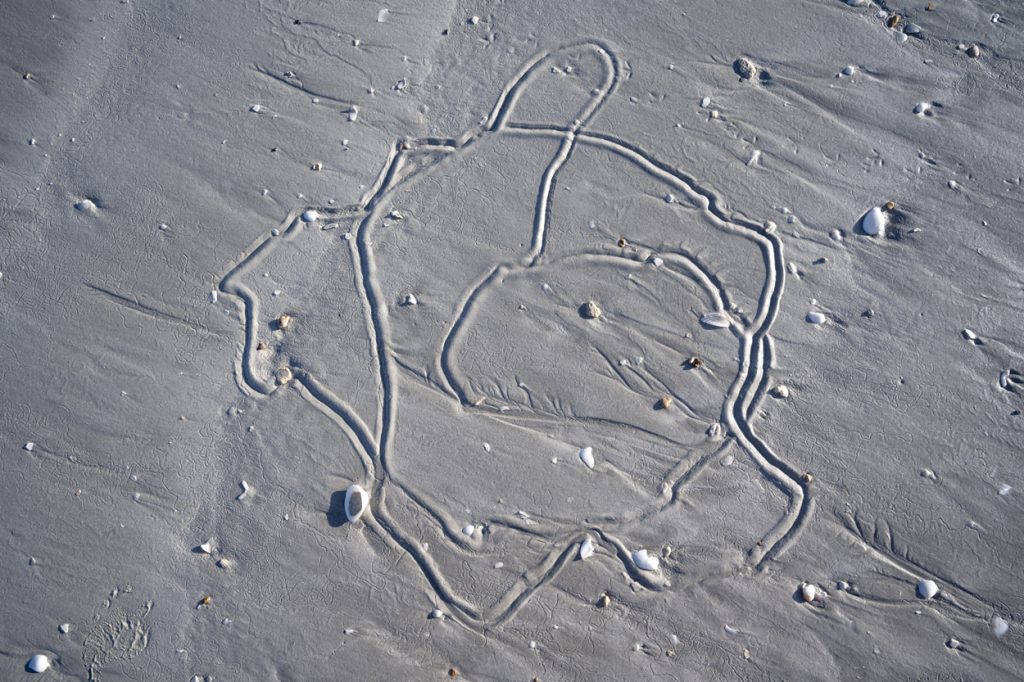
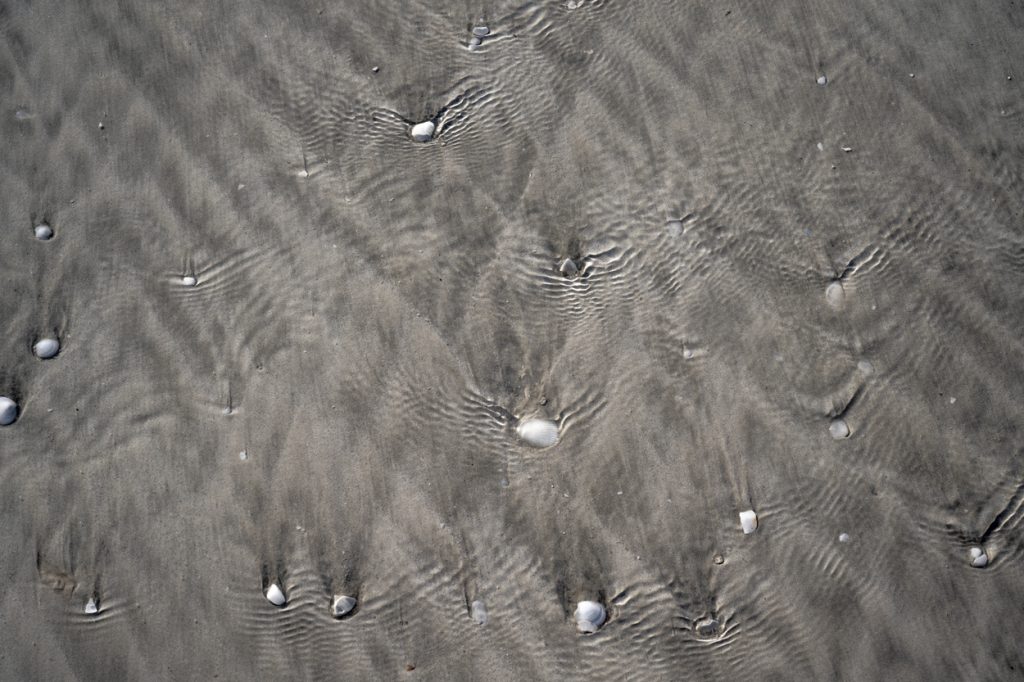
This was a one night stop on the way to Port Hedland, about 200 km further on. We managed to escape our neighbour who kept talking as we were trying to pack up. I shouldn’t complain as he gave us some useful information about where we are travelling to.
Cape Keruadren
On the way we pulled off at Cape Keruadren for morning tea, but lingered longer than planned, thus missing lunch (we aimed to buy rolls in Port Hedland). The Cape is extremely picturesque, but the campground is very exposed. The colour of the sea is what struck us both. We were told about some rock pools that had dried up leaving high quality natural salt, so off we went in search of them.
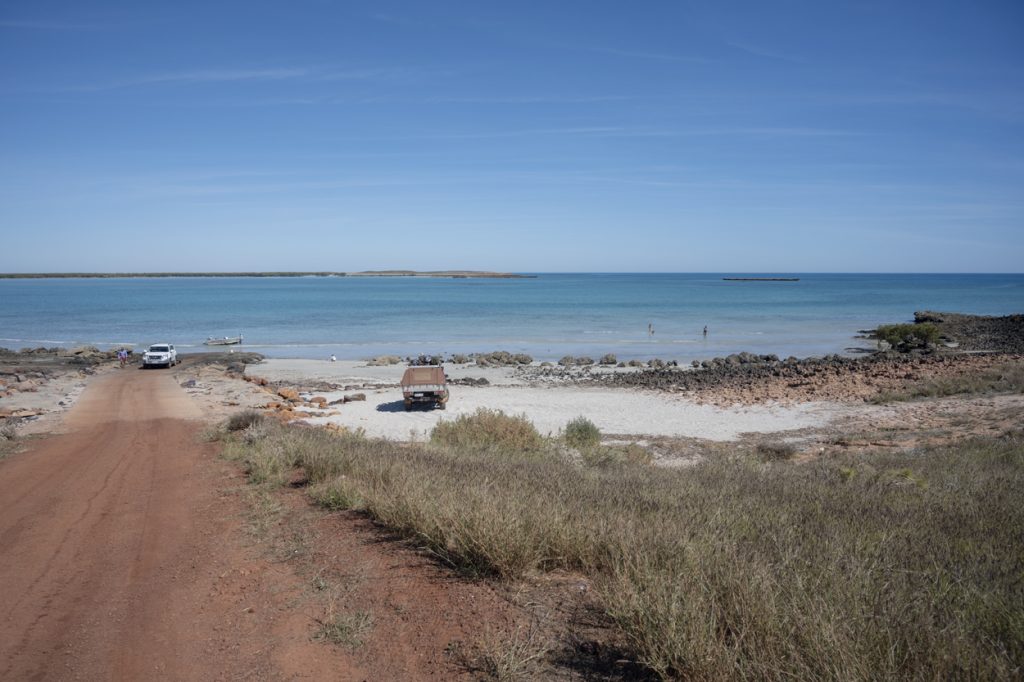
Port Hedland
The transition from the country roads we had been on for the past five weeks to the busy road system in Port Hedland took a bit of adjustment. Slip roads, flyovers and road trains!
As I said we are having a relaxed day. I had wanted to see some of the port, but it is all behind fencing and buildings, so a bit disappointing. One important task was completed at long last – our very red dusty wagon was given a wash.
The port is one of the largest and busiest in the southern hemisphere (at night I counted at least 25 ships waiting on the horizon). It exports two primary commodities: iron ore and salt.
Iron ore is brought into the port by trains (which can be up to 2.5 km long!) and road train from the surrounding mineral mines. The iron ore is then loaded onto the ships destined mainly, I guess, for China.
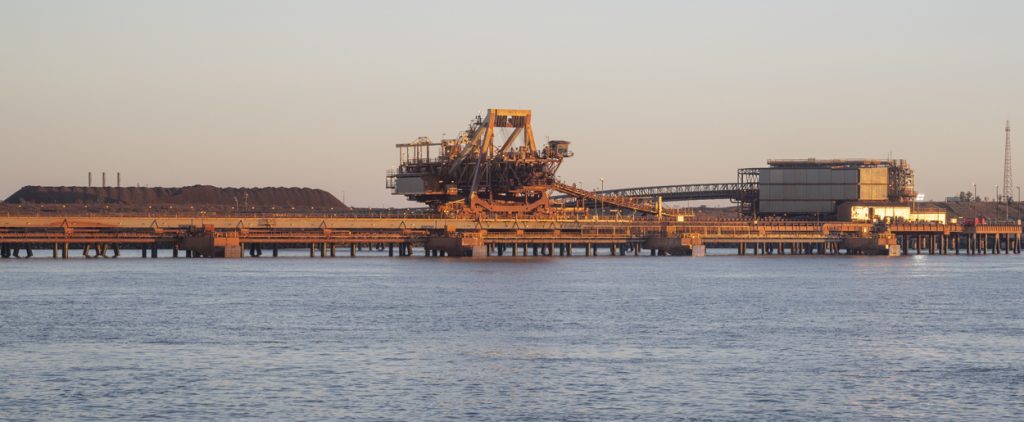
Salt, on the other hand, is brought in by road train from the salt pans a few kilometres from the town. The salt pans look amazingly blue and the salt pile amazingly white
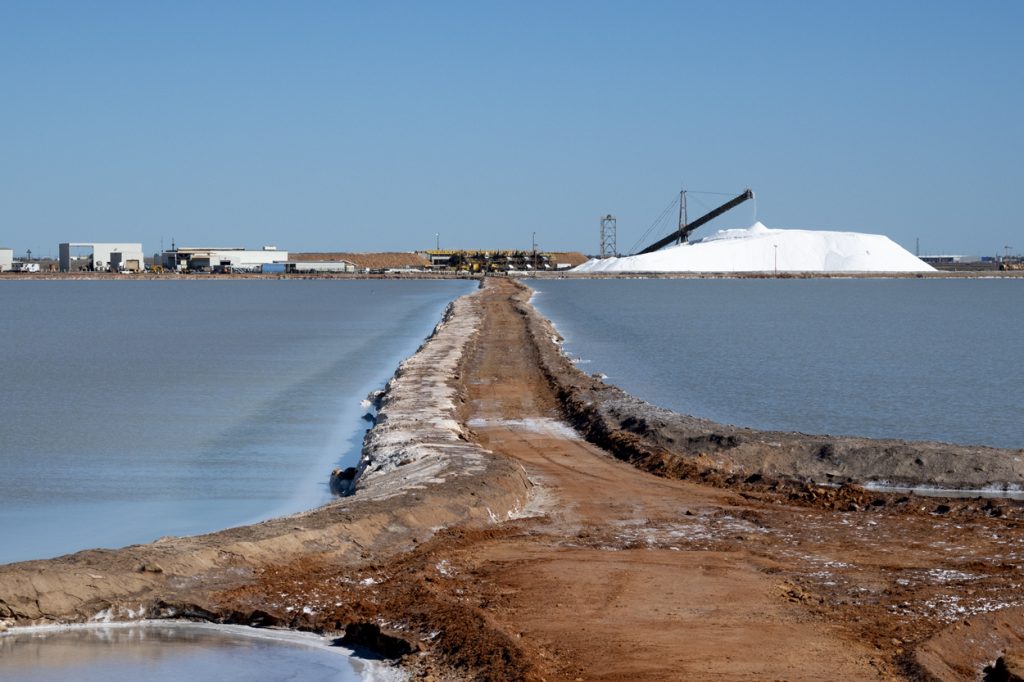
What’s next?
Remarkably, I am now up to date with my posts. Tomorrow morning, we are setting off for Dales Campground at Karijini. We will be there for five nights, so, with no internet, there will be a pause in my posts.

2 Responses
Amazing photos and information re places you’ve visited. Loving following your journey.
Interesting that the salt pans were blue, when we lived in Spain the salt pans were pink from the Krill. The Flamingos ate the Krill and that’s why they’re pink….or so we were told????????????
Salt was still white though????????
Great blog, safe travels M&K
Besos y brazos….well to K ????????